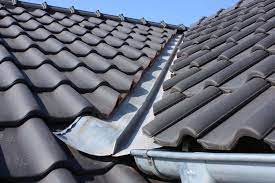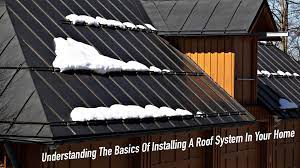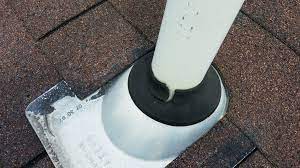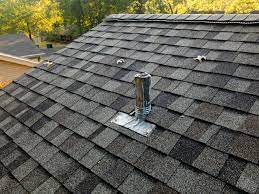What If Your Valleys Are Not Properly Sealed?
What a roof valley looks like?
 It is a neighborhood where two roof planes close. Since these areas of the roof are usually sloping, if the valleys are not sealed properly, rainwater can get inside as it runs down the roof. You can detect drag by checking the wet areas that line the joints of your roof.
It is a neighborhood where two roof planes close. Since these areas of the roof are usually sloping, if the valleys are not sealed properly, rainwater can get inside as it runs down the roof. You can detect drag by checking the wet areas that line the joints of your roof.
Why it happens?
A multitude of reasons – the seal may not be done correctly in the first place, it will crack when walked on, or excessive rain and ice or snow may have caused it to destroy over time. The valleys are a dangerous place.
Valleys are the channels where two sides of a roof meet. So they create a crease – or valley – that will often trap moisture, leaves or corrode over time and potentially cause leaks.
The truth is that in trying to do a good job in the valley there is a great deal of care and caution that needs to be taken. Few roofers can rise to the challenge and, in fact, they choose not to. So let’s mention the difficulty in the valleys and how Roofing Company Bournemouth can help you.
Understanding of roofing
 In our experience, 9 out of 10 roof leaks originate from valleys. Tearing apart your valley requires careful consideration and understanding of the roofing. And also an understanding about roofing materials and process.
In our experience, 9 out of 10 roof leaks originate from valleys. Tearing apart your valley requires careful consideration and understanding of the roofing. And also an understanding about roofing materials and process.
Random job in a valley will simply mean more roofing work in a few months. Old valleys were often made of galvanized metal and people caused tons of trouble for people who didn’t take good care of their roofs.
Shaped valleys can often be clogged with debris, leaves, or other obstructions. Because they endure tons of rain and or snow runoff, they become vulnerable to damage and corrosion. That’s why maintaining this part of your roof is necessary for you. And also for your home, of corse.
Cracked Vent Booting of Roof
 Roof vents are those things that look like little pipes sticking out from the top of your roof.
Roof vents are those things that look like little pipes sticking out from the top of your roof.
They have a habit of expelling excess moisture from inside the house. Leaks from this area will likely leave matching dark spots (and musty).
This happens because roof vents are often sealed by placing flashings around the opening and sliding a waterproof rubber boot over the area where the pipe exits the roof.
Over time, the flashing can break or the roof can deteriorate. Now you might be wondering what boots have to do with your roof. In roofing, a boot called as vent pipe cover, refers to the rubber cover around your vent pipe that helps seal the section of the roof around the pipe against water and trash.
Roof vent pipes
 Each roof has vent pipes that run from a kitchen or bathroom to the roof. These vents help circulate air through your plumbing system.
Each roof has vent pipes that run from a kitchen or bathroom to the roof. These vents help circulate air through your plumbing system.
Usually what causes damage to boots is that roofs contract and expand naturally due to climate change. As your roof moves, this sometimes causes the roof box to crack or rupture.
How sun exposure or extreme weather conditions affect your roof?
Roofs can also wear out over time due to sun exposure or extreme weather conditions. Either way, a cracked boot will allow water to enter your home and cause damage.
Although roof vents are necessary and create a balance between exhaust and intake air, the airtight seals around roof vents can be damaged over time by excessive heat, cold, or wind.
When this happens, the vents can cause leaks. A leaky roof around a ventilation pipe is a common cause of small water spots on a ceiling or water leakage in a house. The leak can first be seen in the attic, but if you don’t catch it directly, you will see water entering the house, dripping onto the floor.
